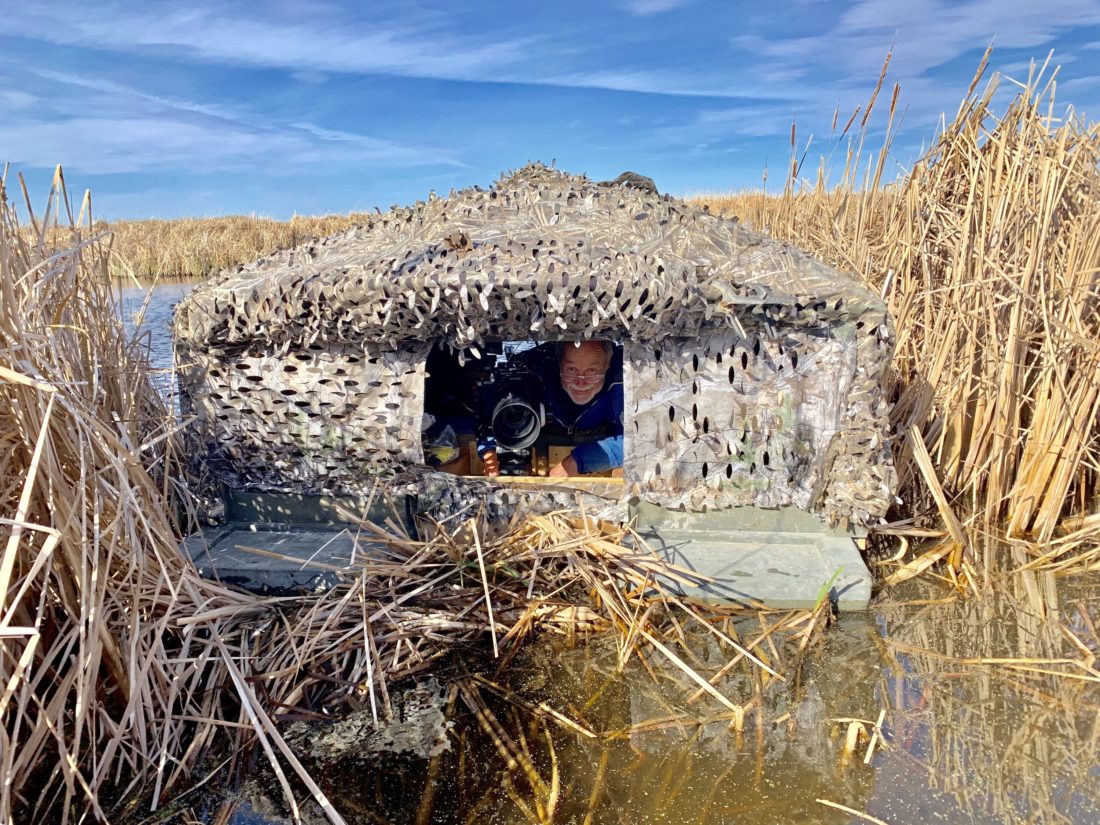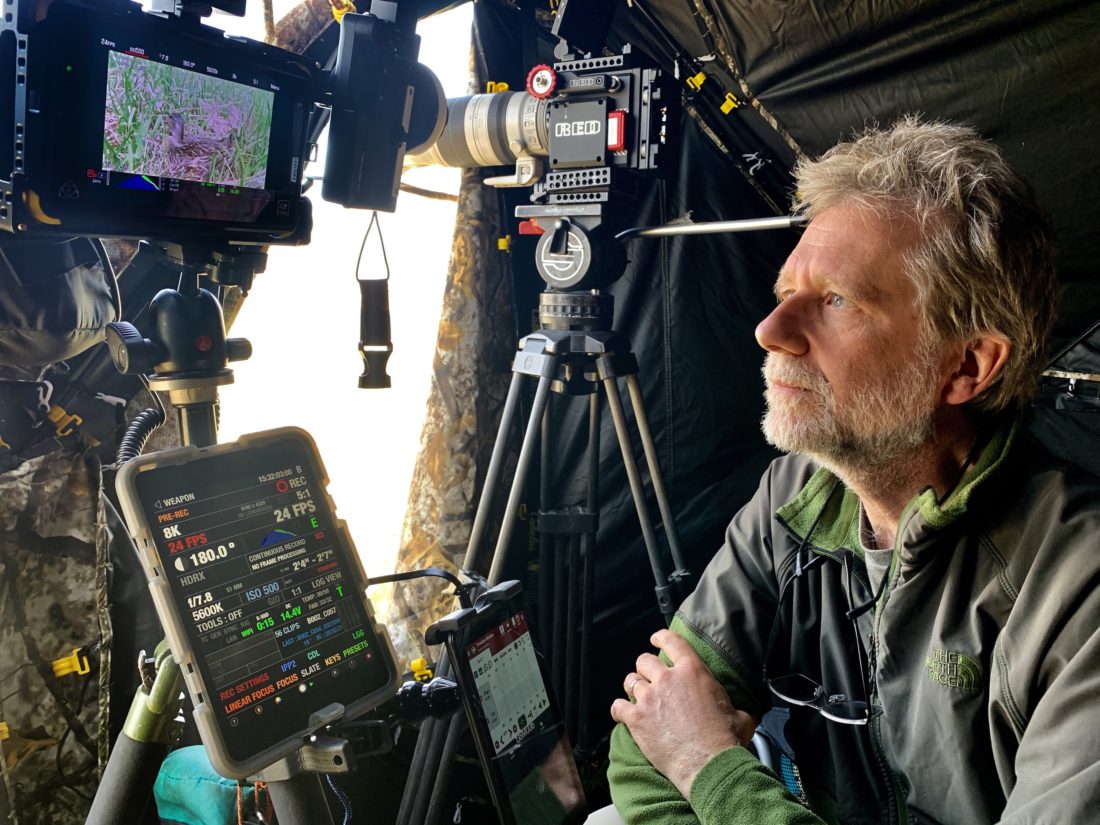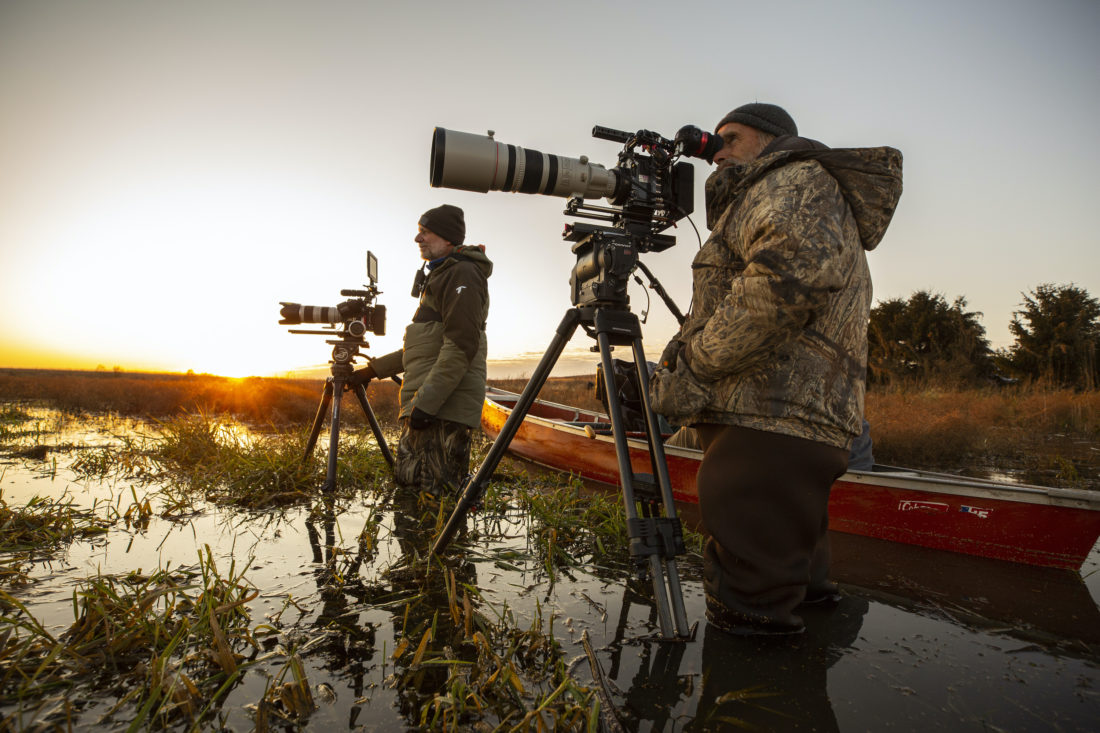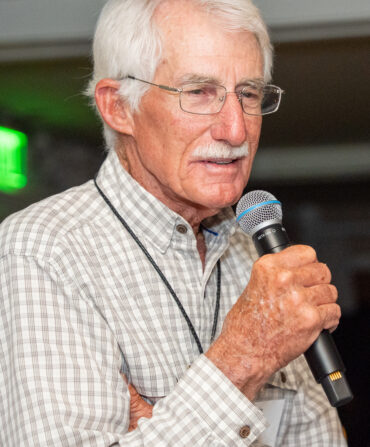For the most part, they’re not from around here. Not the pintails that you pray will come into the decoys. Nor the Western meadowlarks that call from a Texas fencepost. Nor the upland sandpipers or blackpoll warblers or American avocets Southerners tick off their birding lists. In fact, many of the birds that show up at your feeders, or come to your duck call, or scatter through the trees as you walk the family dog, come from a faraway place with a peculiar name—the prairie pothole region. And if you’ve never heard of the prairie potholes, or have but a vague grasp of where that region is and why it matters, well, that’s part of the problem.

Too few people know of the prairie pothole region, a 275,000-square-mile ecosystem that stretches across the U.S.-Canada border from Iowa and Minnesota to the Dakotas and the western Canada provinces. The landscape is pocked with literally millions of small, medium, and large wetlands, a holdover from when the last glaciers receded, dragging their icy fingertips across the land. Those wetlands, sloughs, and prairie lakes—some permanent, but most flooded seasonally—are breeding habitat or stopover for some 225 migratory bird species. Seven out of ten ducks and geese hatched in North America are born there. The prairie potholes have been called an American Serengeti and an American Amazon, and their importance reaches to practically every backyard in the country.

But wetlands in this region, in one of the richest agricultural landscapes on the planet, are increasingly drained for farming. And a warming climate exacerbates the problem—when an ephemeral pond goes dry, it can more easily be ditched and plowed, ensuring that it never gets wet again.
Driving home the region’s significance and a conservation message is the theme behind an incredible new film playing in IMAX/Giant Screen theaters across the country. Produced through a partnership with the Chicago-based Max McGraw Wildlife Foundation, Ducks Unlimited, and the National Audubon Society, and narrated by Michael Keaton, Wings Over Water 3D highlights the travels and travails of three iconic bird species: mallard, yellow warbler, and sandhill crane. Academy Award–nominated filmmakers Andrew Young and Susan Todd spent some three hundred filming days on the movie, with their crew driving 25,000 miles and flying ultralight aircraft to capture stunning footage of yellow warblers in slow-motion flight, over-the-shoulder views of migrating sandhill cranes, and mesmerizing aerials of the vast prairie potholes.


The crew filmed mallards wintering in the flooded timber of George Dunklin’s Five Oaks Duck Lodge, outside of Humphrey, Arkansas. An Arkansas native, former president of Ducks Unlimited, and board member for Wetlands America Trust, Dunklin has long supported prairie pothole conservation initiatives in both the U.S. and Canada and helped support the filming of Wings Over Water. “Very few people have an appreciation for the prairie potholes,” he says. “They’re out of sight and out of mind. But every single person in North America is touched by those prairies and wetlands and the birds they produce. That’s why we want this to be more than a movie, but a movement to save the prairie potholes.”
In the South, IMAX theaters currently showing the movie include venues in Austin, Galveston, and Orlando, with additional dates coming soon to Birmingham, Chattanooga, and Fort Lauderdale. The platform also includes a kindergarten-through-eighth-grade curriculum, and a companion book is also available. For information on showings and more, visit wingsoverwaterfilm.com.
Follow T. Edward Nickens on Instagram @enickens.








